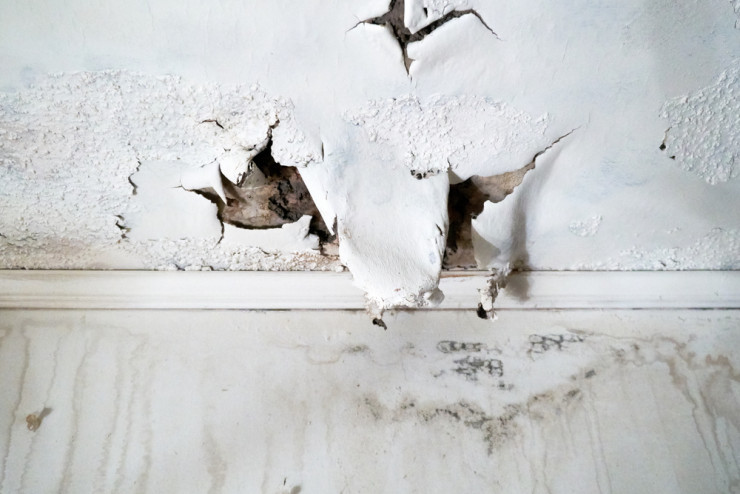The First Steps You Must Take To Recover From Water Damage

When most people think "water damage," they likely imagine torrential rain or inclement weather that enters the home, flooding the lower level or basement. However, the threat of water damage is as much internal as it is external. By internal, we mean that your next water damage restoration job could come from directly inside your home, where a water-using appliance or your home's plumbing could be the culprit.
This post will cover the sources for some of these common interior water damage threats as well as what to do if they occur in your home.
Water Damage Threats in Your Home
Literally any object or appliance that uses or transports water serves as a potential hazard in your home. Appliances such as refrigerators, dishwashers, washing machines, toilets and ice makers pose a risk — as does hardware such as faucets and shower heads. Bathtubs, sinks and laundry tubs may also contribute to water damage.
The good news is that with many appliances, a water damage fix is available before disaster strikes. Simply making sure that tubs and sinks are caulked, drain hoses are secure, faucets are properly installed, and toilets are clear of blockages is easy preventative maintenance.
However, there's one other internal threat for water damage: pipes. What's more is that depending on where the pipe is leaking or has ruptured (e.g., inside walls), water damage could be hidden, spurring subsequent mold growth. Installing insulators around exterior pipes in the basement can help prevent a frozen and busted pipe, but pipes that run through walls can be difficult to monitor and maintain as necessary.
What to Do for Water Damage
What do you do if you were to ever experience a water damage event in your home? Whether the source is your plumbing, an appliance or inclement weather — no matter how minor or severe the damage — the steps you should take are similar.
Here's a look:
- Safety first
The safety of you and any others in your home should always come first in a water damage situation. One of the greatest threats in such an event is electrocution. If it's safe to do so, try to shut off the power to your home in severe flooding. If the flooding is more contained, unplug electronics in the area.
The water itself can also pose a safety threat. While water from appliances and plumbing is generally clean and safe, overflown toilets or clogged drains could contaminate any standing water with sewage or bacteria-containing debris. Always use your best judgment. - Cut the water supply
After assessing the situation, try to eliminate the water source. If the water is coming from an internal source, this should be easy to do. You can always shut off the main water line coming into the home, as well. - Contact your insurance agent
Always protect your assets by contacting your insurance agent to see what your homeowners policy covers. Even if the coverage is minimal, your agent can likely point you in the right direction of a plumbing company or restoration specialist to restore the area to pre-loss condition. - Restore
To minimize the risk of mold growth and further structural damage, we always recommend working with a professional. These experts can adequately remove remaining water, dry the affected area, restore damaged contents, and perform any reconstruction (if necessary). Professionals will also disinfect, sanitize and offer advice to prevent the issue from happening again.
For more information on water damage restoration or to have your water damage issue resolved, contact Mendel Plumbing and Heating online or by calling (630) 377-3608.

 3N640 N. 17th Street
3N640 N. 17th Street